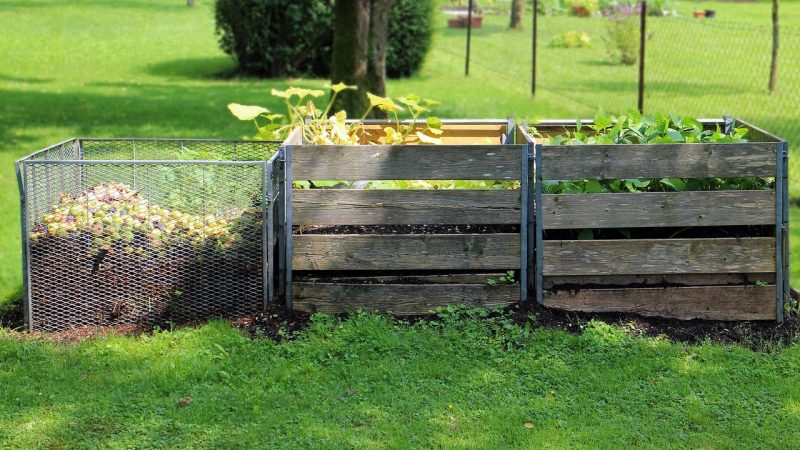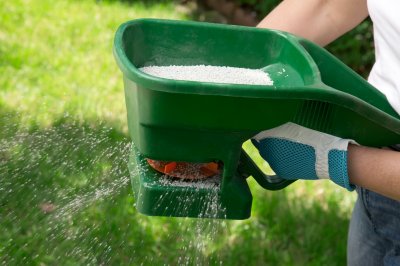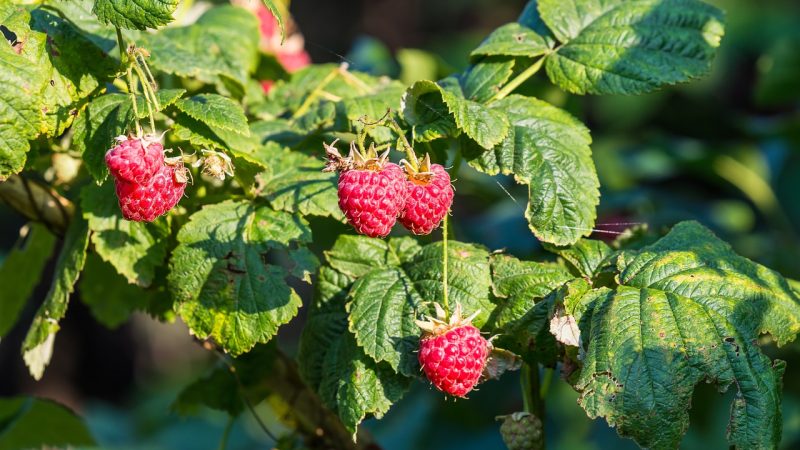Planting spring fruit trees and shrubs requires careful planning and attention to detail. Here are some of the peculiarities to keep in mind when planting spring fruit trees and shrubs:
- Timing: Spring is an ideal time to plant fruit trees and shrubs because the weather is mild and there is usually enough rainfall to help establish the roots. However, it’s important to time the planting so that the trees and shrubs have enough time to develop a strong root system before the hot summer months arrive.
- Site selection: Choose a site that receives plenty of sunlight and has well-draining soil. Avoid planting in low-lying areas that are prone to flooding or in areas that are prone to strong winds.
- Soil preparation: Before planting, prepare the soil by removing any weeds, rocks, or debris. Loosen the soil to a depth of at least 12 inches and add organic matter like compost or well-rotted manure to improve soil structure and fertility.
- Planting technique: When planting, make sure to dig a hole that is deep and wide enough to accommodate the roots. Set the tree or shrub in the hole and backfill with soil, making sure to firm the soil around the roots to eliminate any air pockets.
- Watering and mulching: After planting, water the tree or shrub thoroughly to help settle the soil and establish the roots. Apply a layer of mulch around the base of the tree or shrub to help conserve moisture and suppress weed growth.
- Pruning: Once the tree or shrub has established, prune it as necessary to promote healthy growth and fruit production.
Overall, planting spring fruit trees and shrubs requires careful preparation, attention to detail, and ongoing care to ensure their long-term success.







